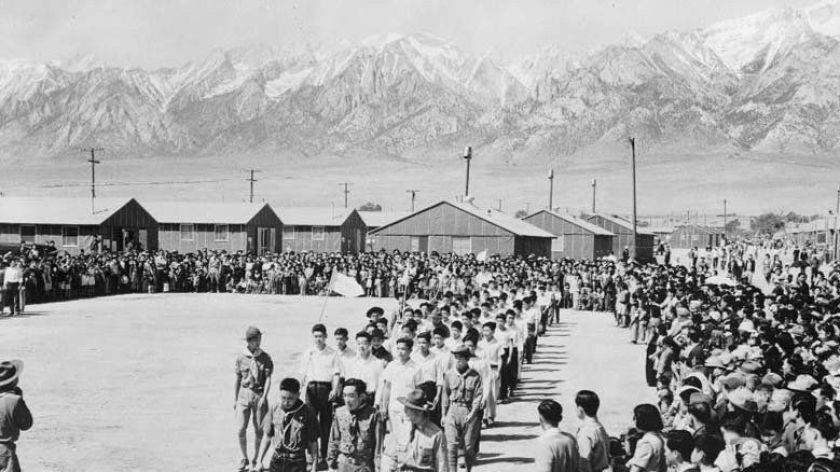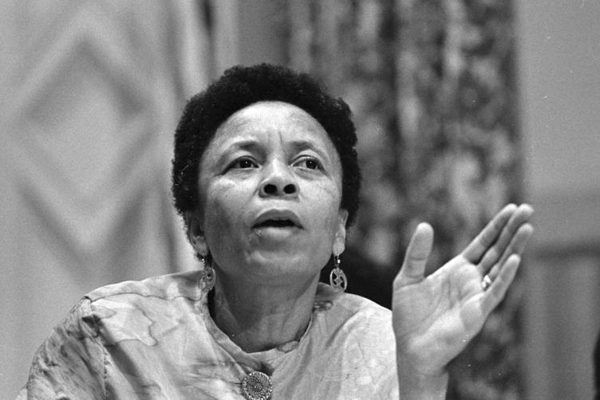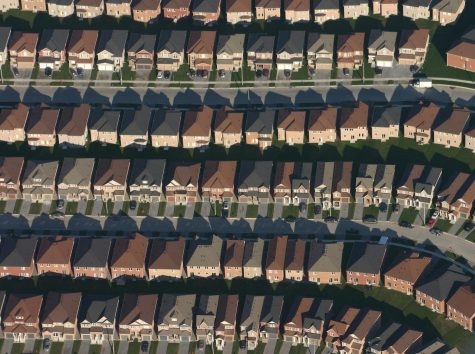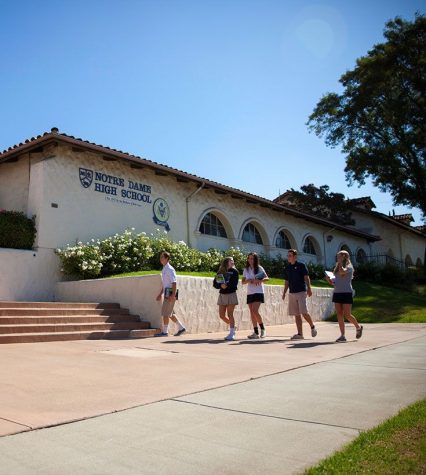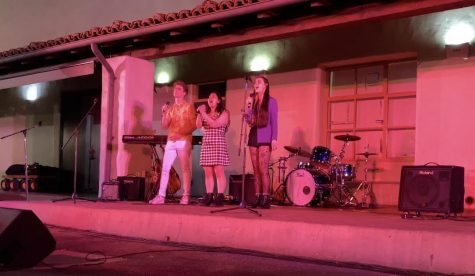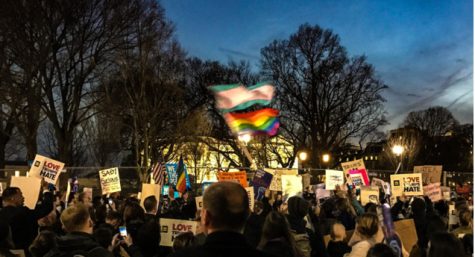Remembering U.S. History
What were the Japanese Internment Camps Created During WWII?
It is important that we never forget America’s history, both the good and bad things that have happened. 79 years ago, “on February 19, 1942, shortly after the bombing of Pearl Harbor by Japanese forces, President Franklin D. Roosevelt signed Executive Order 9066 with the intention of preventing espionage on American shores” (history.com).
This order created military zones on the West Coast, which had large populations of people with Japanese descent, in California, Washington, and Oregon, to relocate Japanese Americans. According to history.com, this “affected the lives of about 117,000 people- the majority of whom were American citizens.”
The bombing of Pearl Harbor caused a lot of anti-Japanese sentiment and paranoia in America. In turn, American politicians, scared of another attack, created internment camps to house Japanese- Americans during the war. They did many despicable things to collect the people, such as “On December 7, 1941, just hours after the bombing of Pearl Harbor, the FBI rounded-up 1,291 Japanese community and religious leaders, arresting them without evidence and freezing their assets. […] Concurrently, the FBI searched the private homes of thousands of Japanese residents on the West Coast, seizing items considered contraband. […] In a panic, some politicians called for their mass incarceration. Japanese-owned fishing boats were impounded” (history.org).
The original mind behind this was John D. Hewitt, who created false claims about Japanese Americans sabotaging power lines, and had the idea to create military zones for them to prevent another attack. His plan also included Italian Americans and German Americans, who’s homeland countries were sided with Japan during WW2, but people didn’t think those of European descent should be rounded up like Japanese people.
UShistory.org said, “ Evacuation orders were posted in Japanese-American communities giving instructions on how to comply with the executive order. Many families sold their homes, their stores, and most of their assets. They could not be certain their homes and livelihoods would still be there upon their return. Because of the mad rush to sell, properties and inventories were often sold at a fraction of their true value.”
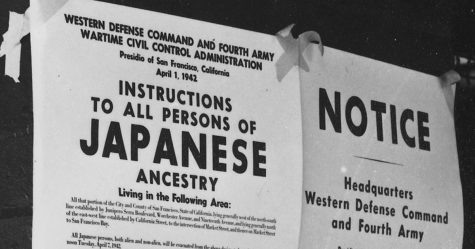
Until the camps were built, they were held in temporary places, even held like animals in horse stables and cow stalls.
⅔ of the people were even born in the U.S., never having been to Japan, and some even served for the US in WW1. However, the U.S. government didn’t care.
Eventually, ten relocation centers were created, with horrible living conditions, where housing was often made of “tarpaper barracks” and the areas they were created at consisted of arid soil, making conditions even worse for them.
“The camps were often too cold in the winter and too hot in the summer. The food was mass produced army-style grub. And the interns knew that if they tried to flee, armed sentries who stood watch around the clock, would shoot them” (ushistory.org).
Children went to school, and adults could get jobs for about $5 a day.
With hopes of trying to end these camps and the treatment of Japanese Americans, “In 1942, 23-year-old Fred Korematsu was arrested for refusing to relocate to a Japanese internment camp. His case made it all the way to the Supreme Court, where his attorneys argued in Korematsu v. United States that Executive Order 9066 violated the Fifth Amendment. He lost the case, but he went on to become a civil rights activist and was awarded the Presidential Medal of Freedom in 1998.” (history.com).
The camps didn’t end until 1945, after a different Supreme Court decision, Endo v. U.S., with the last camp closing in 1946. In regards to reparations for all the horrors America placed on Japanese Americans, “President Gerald Ford officially repealed Executive Order 9066 in 1976, and in 1988 Congress issued a formal apology and passed the Civil Liberties Act awarding $20,000 each to over 80,000 Japanese Americans as reparations for their treatment.”
Although these camps weren’t at the same level as Nazi concentration camps, it’s still important to remember the atrocities America commited against Japanese Americans during World War II, and the difference in treatment between those of Japanese descent compared to people of European descent. The racism and discrimination Japanese Americans faced during this time was heightened to new levels, and the U.S. government’s actions only made it worse. It is necessary that we take the time to recognize this dark and horrible period in American history.

